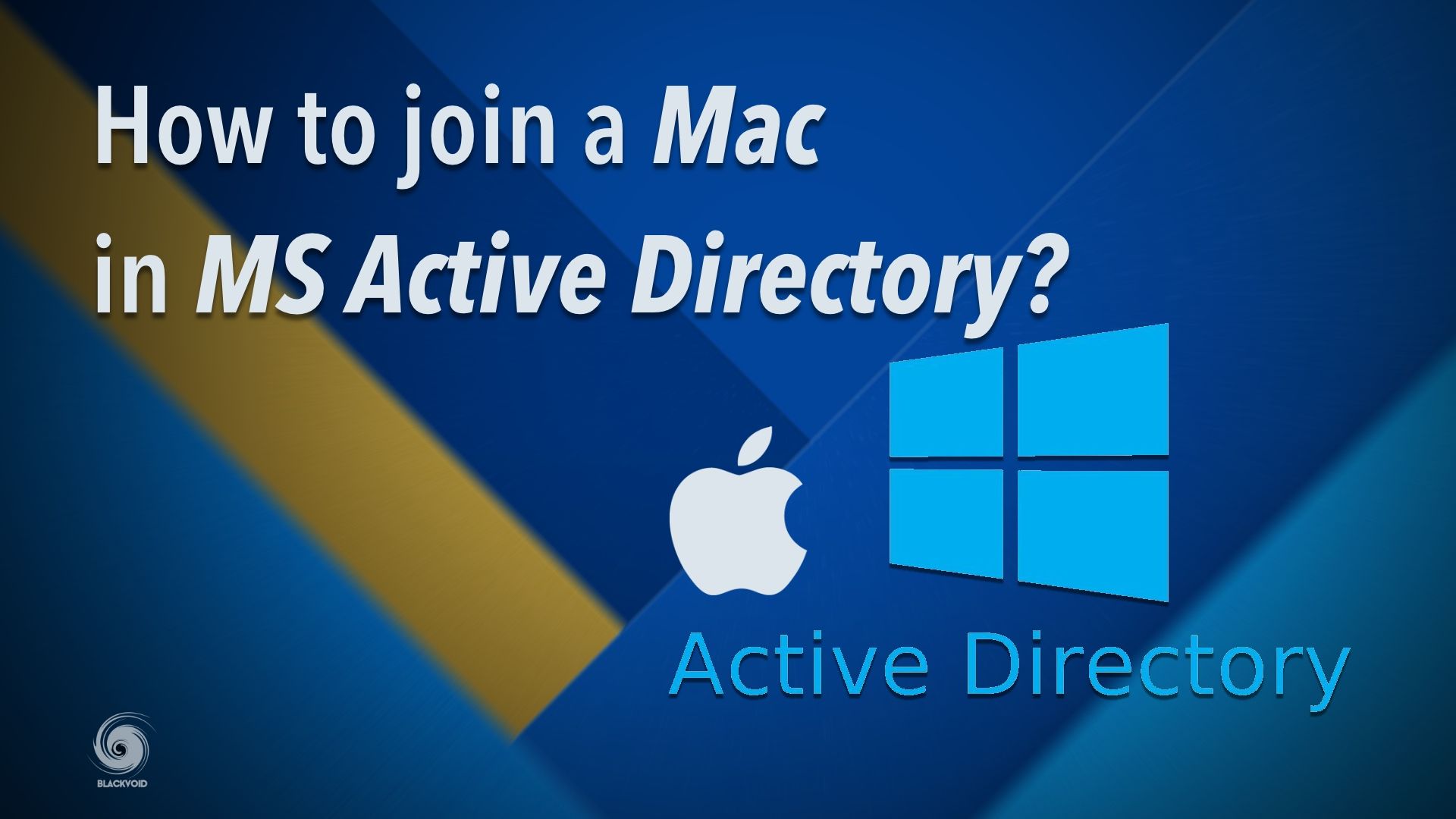

- #Mac os active directory authentication how to#
- #Mac os active directory authentication for mac#
- #Mac os active directory authentication full#
- #Mac os active directory authentication professional#
A complete list of payload variables can be found in this Apple KB Article. In this example, I’m using a payload variable %ComputerName%. The computer name can be specified in several places in OS X so it’s important to make sure you use the same name specified in the Sharing Preference pane and when binding to AD. The Username for connection to the network needs to be the computer name followed by a dollar sign. Again, in the same profile that has the AD Certificate payload, you will also have a payload to join your wifi network using that certificate. Learn more about DaaS by contacting us with your questions, or by checking out our blog or YouTube channel. You can use Directory-as-a-Service (DaaS) as an Active Directory tool for Macs, as well as a standalone cloud directory service. This includes the ability to run cross-platform, GPO-like policies, execute ad hoc commands, or schedule tasks.Īll of these capabilities and more are available from the Directory-as-a-Service ® platform from JumpCloud ®.
#Mac os active directory authentication full#
A simple, lightweight agent on the Mac or Linux machine gives IT admins full control over user accounts as well as the system itself. There is no on-prem infrastructure to manage and federating AD identities can be done easily in just a few minutes. Now, this cloud-forward approach to an identity bridge is enabling IT admins to quickly and easily extend Active Directory to Mac and Linux systems. In fact, this approach can even replace Active Directory with a neutral cloud-based directory services infrastructure.
#Mac os active directory authentication for mac#
The good news is that a new generation of cloud-based Active Directory tools for Mac and other non-Windows platforms is taking over the IAM space. From a long-term perspective, this approach is not beneficial for growth, as studies show that cloud-forward companies grow almost 20% faster than their on-prem counterparts ( SkyHigh ). The result is that IT organizations end up cementing their identity management infrastructure on-prem with their Active Directory instance, and several add-on tools, like an identity bridge, to connect to resources outside of AD. This freedom of choice is taking its toll on the IAM stances of many IT organizations. Their end users are using a wide range of IT resources, many of which are not Windows- or Azure-based. įor many IT organizations, the ability to extend identity and access management (IAM) to Mac, Linux, AWS ®, G Suite™, Samba file servers / NAS appliances, and many other non-Windows platforms is critical. But, provisioning and deprovisioning accounts on non-Windows systems, running GPO-like policies, and securing Macs/Linux ® systems can be challenging for Microsoft technologies, including Active Directory or even Azure ® Active Directory. Generally, AD can handle simple authentication functions across platforms like Macs. The concept of Active Directory tools for Macs makes a great deal of sense because of the challenges that AD has with managing non-Windows user accounts and systems.
#Mac os active directory authentication professional#
Traditionally, these solutions, called identity bridges or directory extension tools, were heavy duty, on-prem solutions that often required professional services to get up and running.Ī new generation of tools can manage Mac systems in a way similar to how AD uses group policy objects (GPOs) for Windows ® machines. The short answer is yes, there are a variety of tools that can be used to bridge Mac authentication into Active Directory (AD). But, limitations within AD have forced admins to ask whether there are Active Directory tools for Macs.

Generally, organizations have been using Microsoft ® Active Directory ® as their identity provider.
#Mac os active directory authentication how to#
As more Macs ® are used within organizations, many IT admins are struggling with how to manage them.


 0 kommentar(er)
0 kommentar(er)
